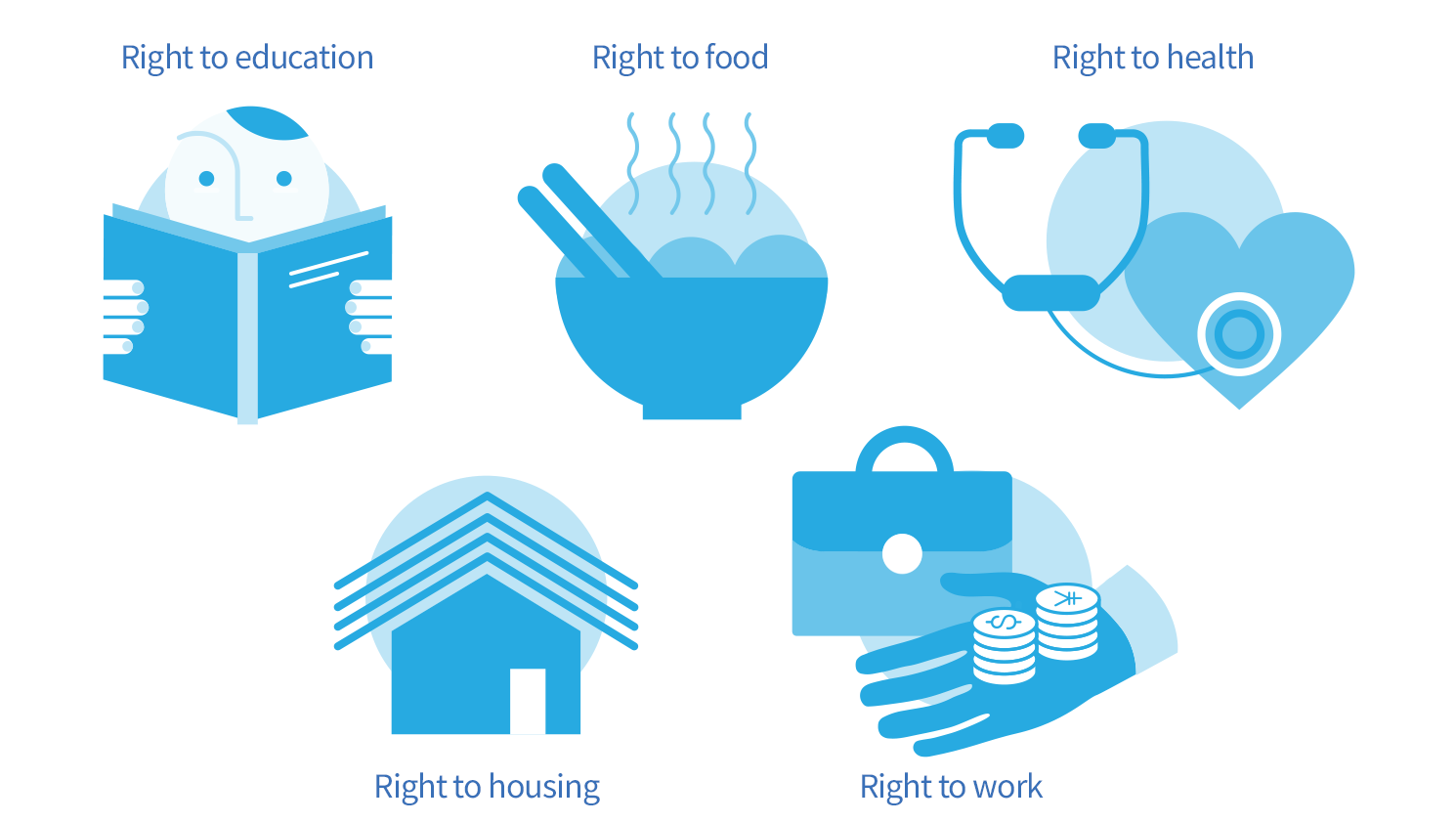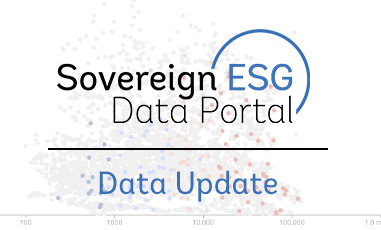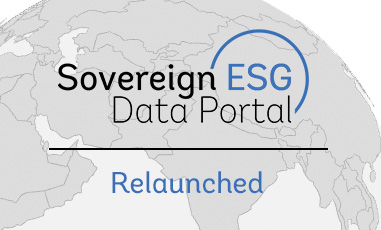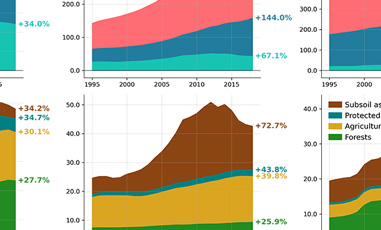
The Economic and Social Rights Performance Score is one of the new additions to the Sovereign ESG data portal. This indicator was developed by the Human Rights Measurement Initiative (HRMI) and spans 189 countries between 2007 and 2018. As part of the Governance pillar, the dataset measures how effectively countries use their economic resources to ensure the fulfillment of five economic and social rights—the rights to education, food, health, housing and work.
Adjusted for the income bias — by definition
One of the most attractive features of the Economic and Social Rights Performance Score is that its methodology naturally adjusts for the ingrained income bias. Many of the widely used ESG indicators are afflicted by the income bias (see our Income Adjustment tool ). In the context of ESG investing, using unadjusted scores to guide investments can potentially lead to perverse outcomes: since richer countries tend to have better ESG scores, allocating investments based on ESG scores that are afflicted by this bias may inappropriately divert capital away from lower-income countries toward higher-income countries.
The Economic and Social Rights Performance Score strips out the income bias by computing the scores in relation to the so-called achievement possibilities frontier and the natural minimum threshold. The frontier traces what the best-performing countries have shown to be achievable at each income level. The natural minimum constitutes the lowest possible value in the absence of any government effort. In the case of net secondary school enrolment, this is 0.

Methodology behind the score
The indicator is derived from the International SERF Index, which was developed for the Social and Economic Rights Fulfillment (SERF) Project serfindex.org by Sakiko Fukuda-Parr, Terra Lawson-Remer, and Susan Randolph and has been adopted by the Human Rights Measurement Initiative as their income-adjusted quality of life index ( humanrightsmeasurement.org and rightstracker.org ). Details on the motivation for and construction of the HRMI/SERF economic and social rights dataset can be found in Fukuda-Parr, Lawson-Remer and Randolph (2015) as well as a number of additional journal articles and methodology manuals .
Like other country-level datasets, economic and social rights data are not always available and are difficult to collect. The HRMI team at the University of Georgia’s GLOBIS Center therefore used a Bayesian latent variable model to estimate a full set of country scores, thus addressing the data gap problem. The result of this exercise is the completed dataset for 189 countries that are accessible on the Indicator page . More details on how the data was constructed and how it can be relevant for investors will be described in the upcoming report on “The Potential Implications of Economic and Social Rights for Sovereign Debt Investing”
Open this view in the portal.










